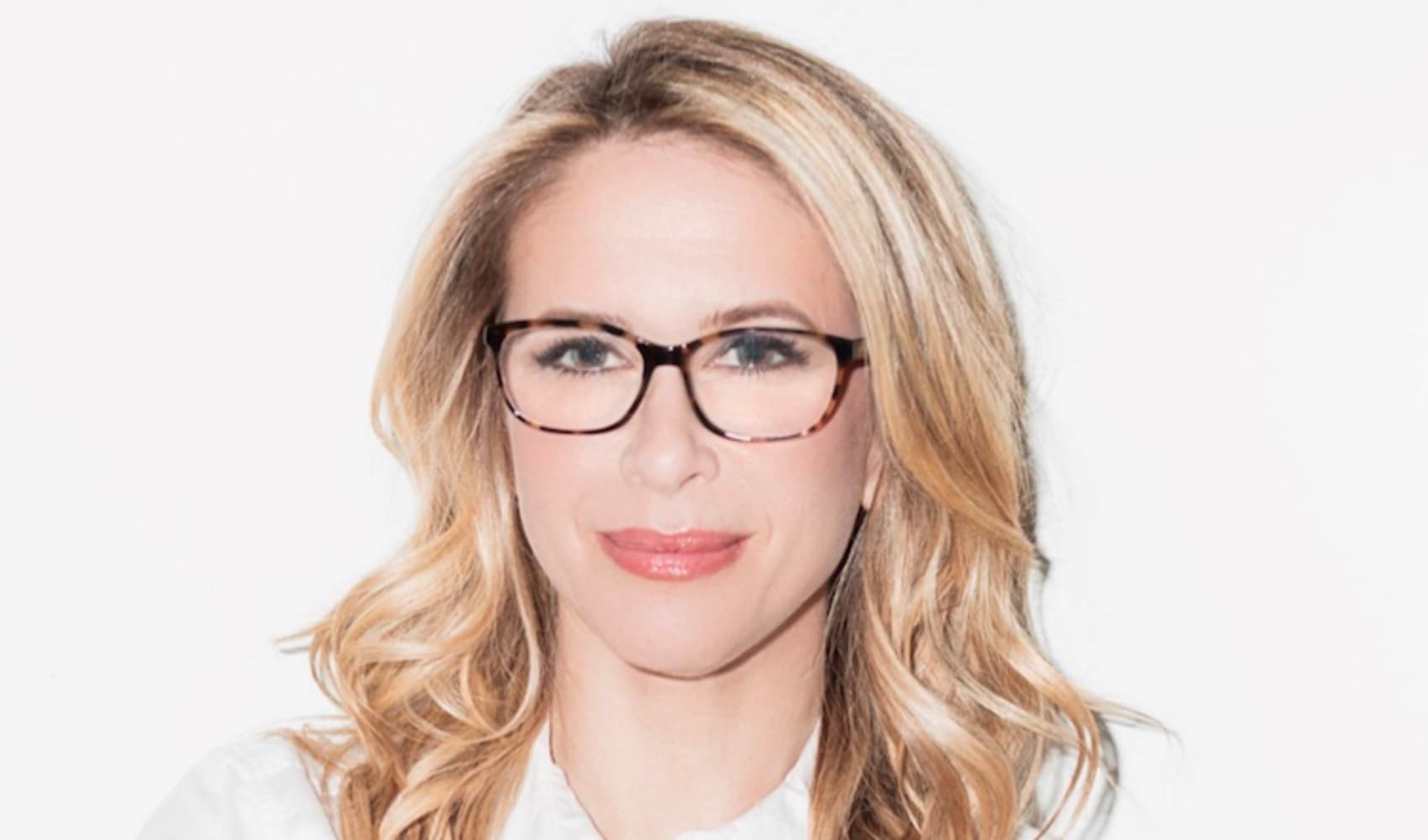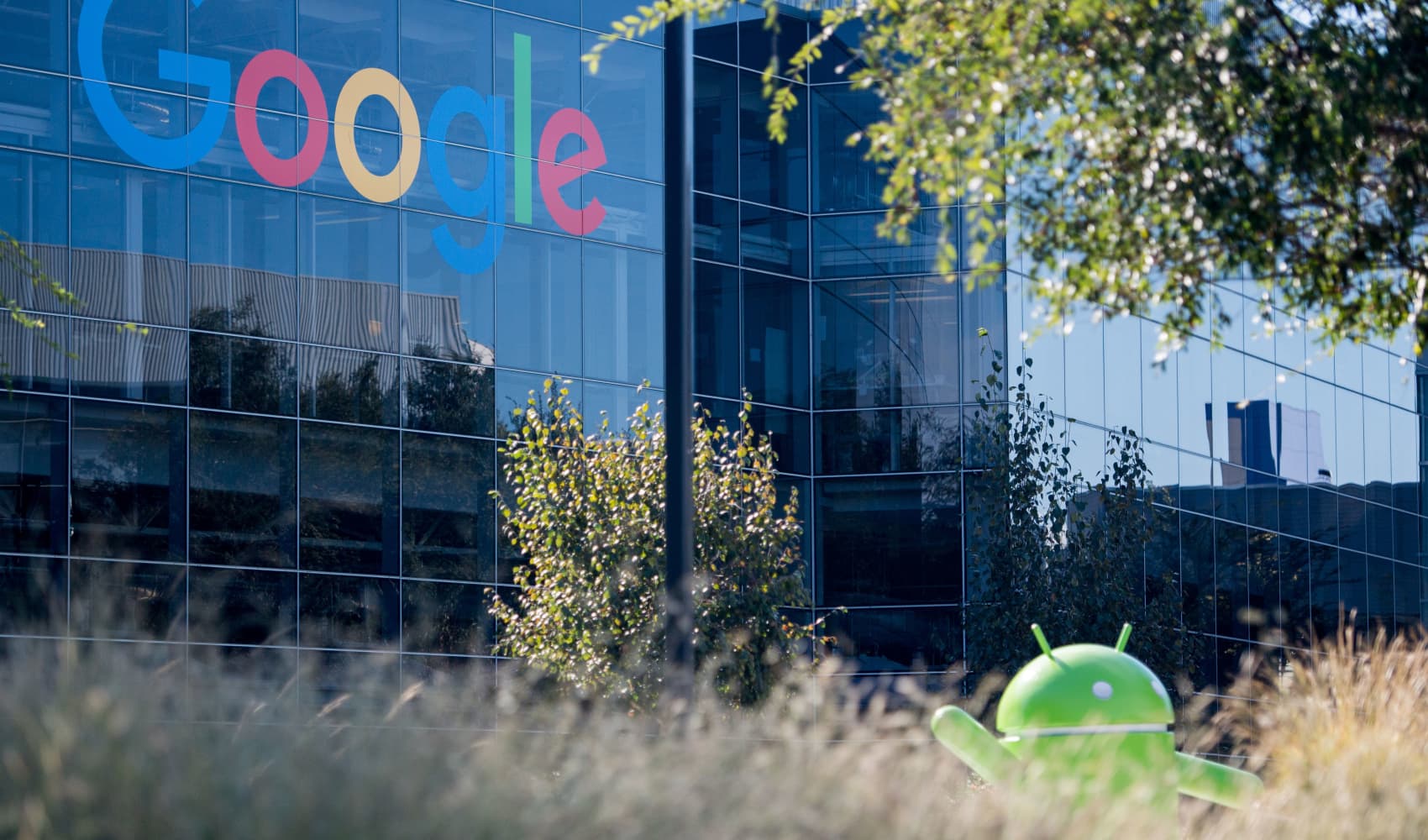
Think a friend or colleague should be getting this newsletter? Share this link with them to sign up.
Good morning! More U.S. employers are covering a buzzy class of medications called GLP-1s for weight loss, a survey found.
Roughly one-third of employer health plans in the U.S. said they are covering GLP-1 drugs like Novo Nordisk's Ozempic and Wegovy for both diabetes and weight loss, up from 26% last year.
GLP-1 drugs for weight loss also grew as a portion of employers' overall annual medical claims spending, making up nearly 9% in 2024 compared to roughly 7% the year prior.
Get Connecticut local news, weather forecasts and entertainment stories to your inbox. Sign up for NBC Connecticut newsletters.
That's according to the survey released Thursday by a nonprofit organization, the International Foundation of Employee Benefit Plans, which includes more than 33,000 member companies or public institutions. The survey was conducted in May on almost 300 employer health plans in the U.S.
The increase in coverage is a win for patients, who often struggle to shoulder the hefty $1,000 monthly price tags of these drugs without insurance and other rebates. It's also good news for the manufacturers of these treatments, Novo Nordisk and Eli Lilly, which are working to increase insurance coverage for the drugs and patient access overall.
Notably, most employee health plans and other insurers don't cover drugs for weight loss, including GLP-1s such as Novo Nordisk's Wegovy and Eli Lilly's Zepbound. The federal Medicare program also doesn't pay for weight loss treatments unless they are approved and prescribed for another health condition.
Money Report
GLP-1s for diabetes, such as Ozempic and Eli Lilly's Mounjaro, are often covered by plans.
Both weight loss and diabetes drugs have skyrocketed in popularity in the U.S. — while drawing increasing investor interest — for helping people achieve dramatic weight loss over time. They work by mimicking one or more hormones produced in the gut to suppress a person's appetite and regulate their blood sugar.
Some 57% of employer health plans said they only cover the medications for diabetes management, up from 49% in 2023, according to the survey.
But a substantial share — around 19% — said they are considering whether to cover them for weight loss.
"This new survey data shows that in the last six months, GLP-1 coverage has increased for both weight loss and diabetes," Julie Stich, the vice president of content at the International Foundation of Employee Benefit Plans, said in a release.
Stich said new regulatory approvals and clinical trials, along with increasing demand for GLP-1 medications in the U.S., have contributed to broader coverage.
For example, Novo Nordisk's Wegovy is now cleared in U.S. for slashing the risk of serious heart complications.
Insurance industry experts previously told CNBC that the approval won't automatically translate to widespread insurance coverage of the weight loss drug. At the very least, some plans will take notice of Wegovy's new use and start assessing whether to cover the treatment when they next update their formularies, those experts said.
Novo Nordisk and Eli Lilly are also conducting a slate of studies on their GLP-1 drugs in different patients. That includes those with chronic kidney disease, sleep apnea and a certain fatty liver disease.
But there's no doubt that the medications can put on a strain on any health plan's budget.
Around 85% of employers that are covering GLP-1s are relying "heavily" on requirements that aim to control costs, according to the survey.
That includes certain eligibility rules, such as requiring employees to have a certain BMI, or body mass index, to receive coverage. It also includes "step therapy," which requires its members to try other lower-cost medications or means of losing weight before using a GLP-1.
Meanwhile, other insurance plans are pulling back coverage of the medications for weight loss. Blue Cross Blue Shield of Michigan, the state's largest insurance company, said it will begin eliminating coverage of different weight loss drugs next year.
There's also a bigger issue at hand, even as insurance coverage improves among employers: Novo Nordisk and Eli Lilly have been struggling to make enough supply of their treatments to meet demand. That is another part of the GLP-1 story that we will continue to monitor.
Feel free to send any tips, suggestions, story ideas and data to Annika at annikakim.constantino@nbcuni.com.
Latest in health-care technology
Around 25% of health-care VC dollars are going toward companies using AI, report says

Health-care companies that are exploring new uses for artificial intelligence are winning big with venture capital investors.
One in every four health-care investment dollars is going toward companies that are using AI, and deal activity in AI for health care has grown twice as fast as AI deals in the tech industry as a whole, according to a recent report from Silicon Valley Bank, which is now a division of First Citizens Bank.
The report said VCs invested $7.2 billion in health-care AI last year, and the figure is on track to reach $11.1 billion this year.
Administrative applications of AI in health care are drawing around 60% of the funding, the report said. Clerical tasks like paperwork are a major burden for the health-care sector, and they are contributing to physician burnout and staffing shortages.
More than 90% of doctors report feeling burnt out on a regular basis, and 64% of these doctors said overwhelming administrative workloads are a major reason for it, according to a February survey from Athenahealth. Physicians are spending an average of 15 hours per week outside their normal hours keeping up with administrative tasks, the survey said.
In other words, administrative work is a big problem for the health-care sector. VCs are particularly interested in it since it usually faces less regulatory oversight than clinical decision support tools or patient-facing solutions do, SVB's report said.
Even though health-care AI companies are expected to raise more funds this year than they did last year, SVB said accessing quality data and sufficient computing power to train models could be barriers to adoption.
This is particularly true for AI-powered patient diagnostic tools, which make up 52% of total investment in clinical solutions, according to the report. As of now, there is a "significant gap" in access to the necessary computing power and data to train a model that can accurately diagnose a patient.
"Companies that can access data, partner with clinicians and hospitals to leverage patient data, and partner with big tech companies are better suited to deploy AI at scale," the report said.
Feel free to send any tips, suggestions, story ideas and data to Ashley at ashley.capoot@nbcuni.com.






